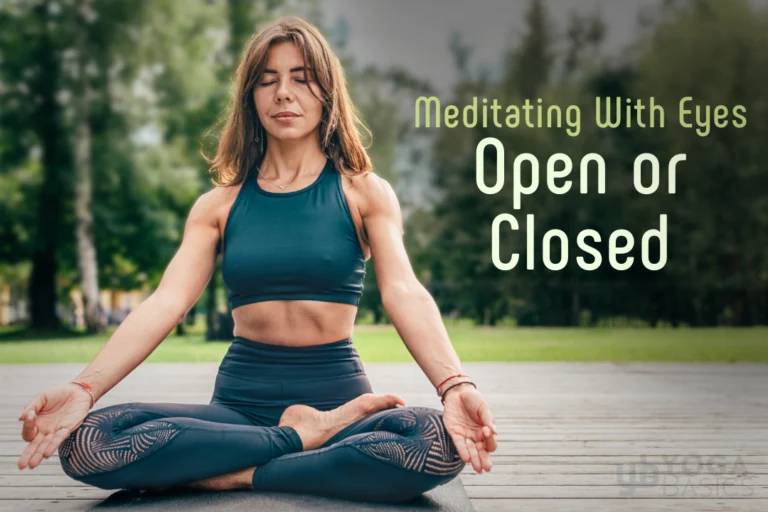**Meditating with Eyes Open or Closed: Selecting the Ideal Method for You**
Meditation is an age-old practice that has surged in popularity recently, inviting newcomers with its promise of tranquility, concentration, and mental clarity. As you embark on this journey, numerous questions arise: Which techniques align best with you, what duration should your sessions be, and what breathing methods should you employ? A significantly important yet often overlooked factor is whether to meditate with your eyes open or closed. Each approach presents distinct advantages and challenges, and grasping these can greatly enrich your meditative experience.
**Eyes Closed Meditation: Pros and Considerations**
Meditating with your eyes closed is arguably the most conventional technique. This method naturally promotes internal focus, which can enhance your concentration and facilitate a detachment from external distractions. Closing your eyes may create a stronger link with your inner thoughts and feelings, especially beneficial if your meditation aims toward self-reflection or emotional healing.
Nonetheless, eyes closed meditation can occasionally lead to distractions from within. Lacking visual stimuli from the outside world, the mind may conjure its own images or become more prone to meandering thoughts. Some practitioners might also feel drowsy or lose awareness when meditating with their eyes shut. Therefore, developing a level of discipline and consciousness is essential to fully leverage the advantages of eyes-closed meditation.
**Eyes Open Meditation: Advantages and Challenges**
Conversely, meditating with eyes open provides a different array of benefits. This method can sharpen your mindfulness in everyday life by aiding your ability to remain present in the moment, even as visual inputs fluctuate. It enables a more dynamic meditation style that better integrates with your environment and daily tasks, making it an excellent choice for those who engage in mindfulness during their routines.
Meditating with eyes open can enhance alertness and reduce feelings of fatigue, making it particularly suitable for morning sessions or when you feel especially tired. However, the challenge lies in sustaining focus in spite of potential visual distractions. This approach demands a balance between absorbing the present moment visually while directing your attention inward.
**Selecting the Appropriate Method**
Ultimately, the decision to meditate with eyes open or closed is dictated by individual preferences and the specific goals of your practice. Experiment with both techniques to determine what aligns best with your current mental state and meditation aims. Some meditators discover that blended approaches are effective, such as initially starting with eyes shut to promote inner focus and later shifting to eyes partially open to harmonize mindfulness with an awareness of the surroundings.
Whichever method you choose, bear in mind that eye position is merely a tool to support your meditation practice. The essential aspect is to remain adaptable and modify your sessions based on what feels most beneficial for you at the moment. Through exploration and patience, you can amplify the effects of your meditation experiences and enrich your personal journey of mindfulness.
